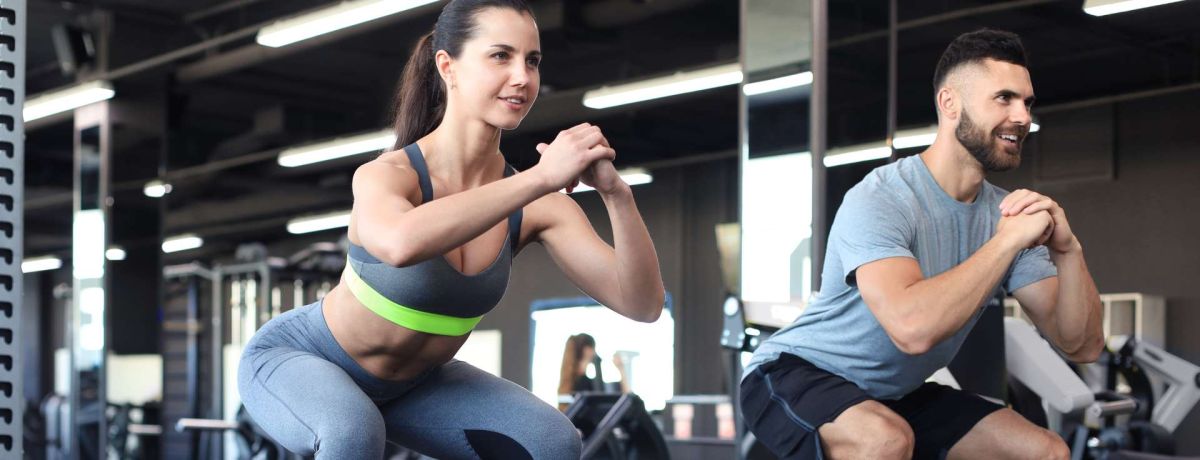
If You Feel Sore After a Tough Workout, Here’s What You Should Do
That aching stiffness you feel a day or two after a hard workout—what makes stairs your worst enemy—has a name: Delayed Onset Muscle Soreness (DOMS).
Although lactic acid gets all the blame, it’s only part of the story. During intense exercise, your muscles temporarily run low on oxygen, forcing your body to produce lactate as backup fuel.
Lactate itself isn’t harmful—it’s a natural energy source. The problem comes when it accumulates faster than your body can clear it. This temporary acidosis disrupts cellular balance and creates that familiar burning sensation.
Afterward, tiny muscle tears and natural inflammation finish the job, producing that post-workout soreness we love to hate.
2. What’s Really Happening Inside Your Muscles
Each training session creates microscopic muscle damage—microtears that trigger your body to repair and grow stronger.
It’s a beautiful cycle, but it also brings:
- Lactic buildup: during high-intensity workouts, oxygen debt leads to lactate production and a drop in pH.
- Localized inflammation: immune cells rush in to repair tissue, causing swelling and pressure.
- Oxidative stress: mitochondria release free radicals, irritating nerve endings.
The result: that deep soreness and stiffness signaling progress—if you allow proper recovery.
3. Productive vs. Dangerous Pain
Not all pain means gain.
- Good pain: mild to moderate, peaks 24–72 hours post-workout, and fades naturally.
- Bad pain: sharp, localized, appears during exercise, or persists beyond three days—possible injury or overload.
Knowing the difference protects your performance and your aesthetics.
4. How to Reduce Muscle Pain and Speed Up Recovery
1. Hydrate deeply.
Water helps flush out lactate and transport nutrients for muscle repair.
2. Eat smart post-workout.
Combine lean proteins and complex carbs within 30–45 minutes to restore glycogen and rebuild tissue.
3. Keep moving.
Active recovery—walking, yoga, light stretching—stimulates circulation and helps clear metabolic waste.
4. Prioritize sleep.
Deep sleep is where true recovery happens—growth hormone release, tissue repair, and hormonal reset.
5. Try complementary therapies.
Massage, contrast baths, compression therapy, or lymphatic drainage can enhance blood flow and reduce tension.
6. Avoid overtraining.
More isn’t better. Chronic soreness and fatigue are signs your recovery window is too short.
5. Turning Acidosis Into an Ally
Lactic acidosis isn’t the villain—it’s a message.
It tells you your body is being challenged and adapting. The goal is not to avoid it, but to manage it with intelligence.
For those who train for aesthetics and longevity, this balance means:
- Less systemic inflammation = clearer, more radiant skin.
- Better recovery = firmer, sculpted muscles.
- Stable energy and mood = visible glow from within.
True transformation doesn’t come from pain—it comes from awareness, rhythm, and balance.
6. Reflection: The Strongest Muscle Is Awareness
The most powerful muscle isn’t physical—it’s your mind-body connection.
Learning to listen, respect, and work with your body unlocks results that last.
At Revive Wellness & Longevity Center, we design training and recovery protocols that optimize both performance and beauty—helping you sculpt strength that radiates vitality, not exhaustion.
